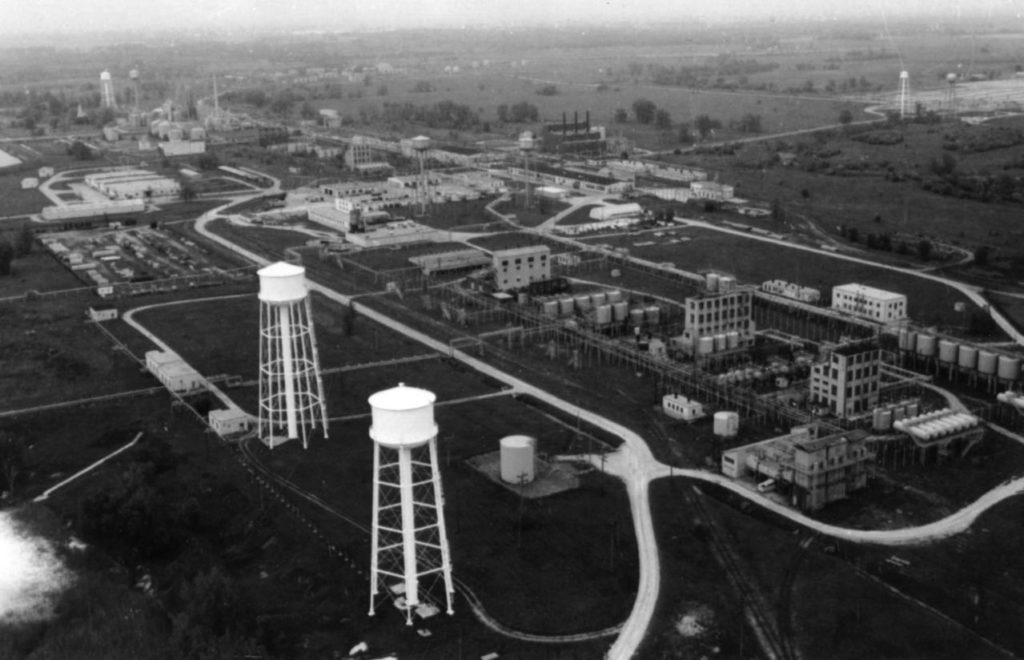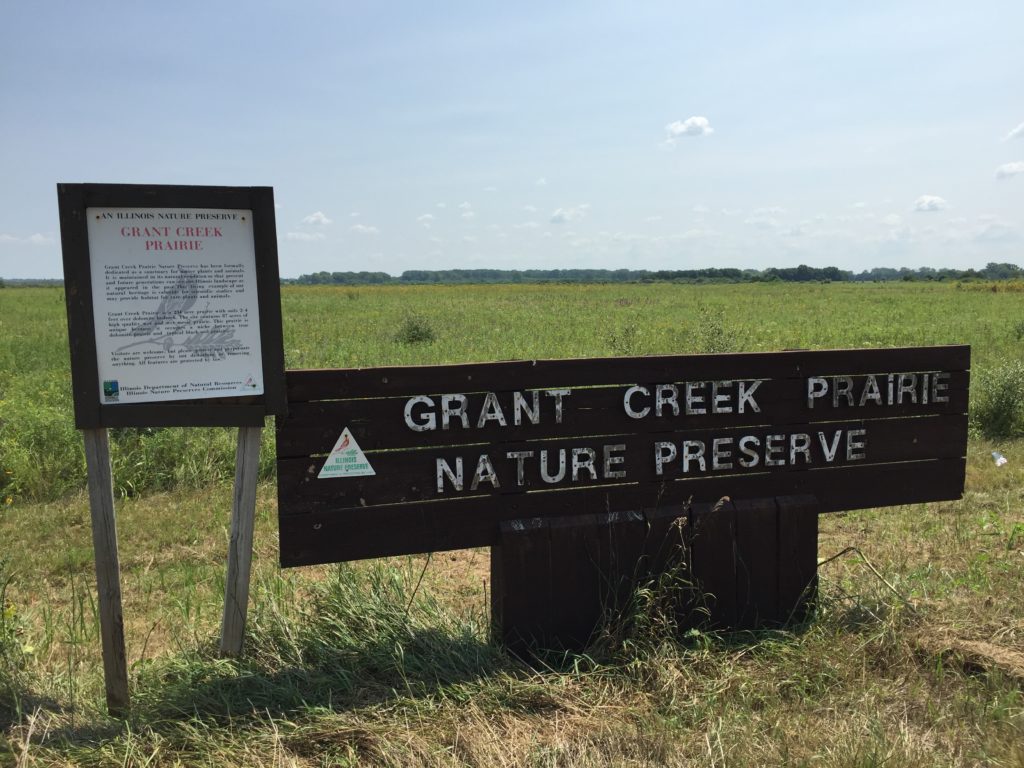The former Joliet Arsenal isn’t the only military installation in Illinois to return to its prairie origins. So, too, the Naval Air Station Glenview.

The United States entry into World War II drove the establishment of both the Arsenal and the Air Station. The Joliet Arsenal began as two arsenals, built side by side — The Elwood Ordnance Works produced record-setting amounts of TNT and other explosives, which the Kankakee Ordnance Works packed into nearly a billion bombs and bullets.

The Naval Station began as a commercial airfield in 1929. The Great Depression put the kibosh on that aspiration, but soon thereafter the government acquired the site for its Naval Reserve Aviation Base. Just in time, too. Following the attack on Pearl Harbor, the rechristened Naval Air Station Glenview become the Navy’s primary facility for flight training.
Both facilities were critical to the nation’s national defense throughout WWII and beyond. The Arsenal was reactivated for both the Korean War and the Vietnam War. Air Station reservists provided support operations during the Cuban Missile Crisis and deployed to both Operation Desert Shield and Operation Desert Storm.

In the 1990s, the Arsenal and the Airfield were slated for closure. What to do with all that land? About a thousand acres of the former Arsenal were earmarked to establish the Abraham Lincoln National Cemetery. The Joliet Arsenal Development Authority assumed responsibility for redeveloping about 3,000 acres for use as a landfill, a union training facility and intermodal freight facilities. However, The Illinois Land Conservation Act carved out the vast majority of the former Arsenal lands — more than 19,000 acres — to establish Midewin National Tallgrass Prairie. Once fully restored, Midewin will be by far the largest tallgrass prairie east of the Mississippi River.

Guided by the Glenview Naval Air Station Consensus Reuse Plan, most of the Air Station’s 1,200 acres was earmarked for commercial and residential development. However, the plan reflects a strong desire for a “major naturalistic open space facility.” Today, that’s the Kent Fuller Air Station Prairie/Tyner Center.

The Glenview Park District deserves high marks for the Tyner Center. It is one of the best interpretive centers around. It has some of the best signage I’ve seen anywhere, and lots of it — about the importance of prairie and wetlands, the role of fire in maintaining healthy natural ecosystems, all the different kinds of plants and animals to be found on site. If green technology is your thing, there is plenty of informational signage on this topic, too, including the building itself — it is a handsome structure, with solar panels, geothermal heating and cooling, and a green, living roof — all of which add up to LEED Platinum certification, the highest level awarded by the US Green Building Council.

Even better, is the actual prairie. At thirty acres, it is much smaller than Midewin, but no less important. Nearly every square inch of prairie in the Prairie State has been plowed up or paved over. Restoring as many prairie remnants as we can all across Illinois is critical to the survival of so many different kinds of native birds, mammals, insects and plants.

Restoring prairie is hard work. It takes a lot of expertise and patience and dedication, which are qualities embodied by the man who was instrumental in the protection of the Air Station prairie and for whom it is aptly named: Kent Fuller.
All the hard work has certainly paid off. In 2017, the Illinois Nature Preserves Commission dedicated the site as an Illinois Nature Preserve — the highest level of protection for a growing network of more than 400 of the very highest quality natural areas left in the entire state.
Being an Illinois Nature Preserve provides, as well, another connection to Midewin. Immediately adjacent to Midewin is the Grant Creek Prairie Nature Preserve. It is the template for guiding the restoration of Midewin back to its prairie roots.

For the better part of half a century, the Arsenal and the Air Station helped to protect our country. Today, they continue to serve our nation by protecting, preserving and celebrating our native prairie heritage.


Well done Arthur. Learned much.